Charles I in Three
Possitions

Charles
I and
St Antoine

A
Family Group

George Villiers
2nd
Duke of
Buckingham

Five Children
of Charles I

Queen Henrietta
Maria

James
Stuart

Charles II as
Prince of Wales

Father
Jean Charles
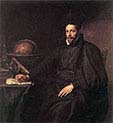
Lady Elisabeth
and Dorothy

Philadelphia
and Elisabeth

Princess Henrietta
Maria of France

Philippe
le Roy

Marie de
Reat

William II
and Henrietta

Infant
King James II

Margaret
Lemom Mistress

An Aristocratic
Genoese

Wife of
an Aristocratic

Prince Rupert
Of the Rhine

Charles Louis
Elector Palatine
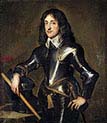
Family
Portrait
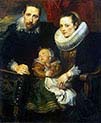
Henrietta Maria
with Dwarf

Three Children
of Charles I
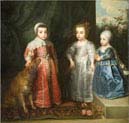
Lord John and
Lord B Stuart

Porzia
Imperiale

Princess
Mary

Charles
I

Lomellini
Family

Abraham
and Isaac

Saint
Martin Dividing

Charles I
No 2

Study of
a Head

Boy
Standing

Children of
Charles I

An Apostle with
Folded Hands
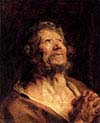
Anna van
Craesbecke

Cardinal Guido
Bentivoglio

Charles the Fifth
on Horseback

Charles the First
King of England

Charles the First
of England

Diana Cecil
Countess of Oxford

Jacques
Le Roy

Joost
de Hertoghe

Crowning
with Thorns
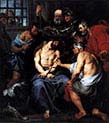
Cupid
and Psyche

Drunk
Campion

Entry of Christ
into Jerusalem

Crucifixion

Deposition

Golgotha

Jupiter
and Antiope
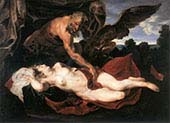
Justus van
Meerstraeten

Member of the
Balbi Family

Portrait of a Noble
Genoese Lady

Portrait
of a Man

Portrait of Maria
de Tassis

Princes Palatine
Charles-Louis-

Self
Portrait

Self-
portrait

Saint George
and the Dragon

Saint
Jerome

Samson
and Delilah

The Brazen
Serpent

Sir Endymion
Porter
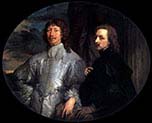
The Marchesa of
Elena Grimaldi

The Painter Frans
Snyders and his Wife

The Shepherd
Boy Paris

The Lamentation
of Christ

The Capture
of Christ

Venus Asks Vulcan to
Cast Arms for her Son

Thomas Killigrew
and Lord Croft
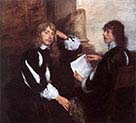
portrait study of
a bearded man
